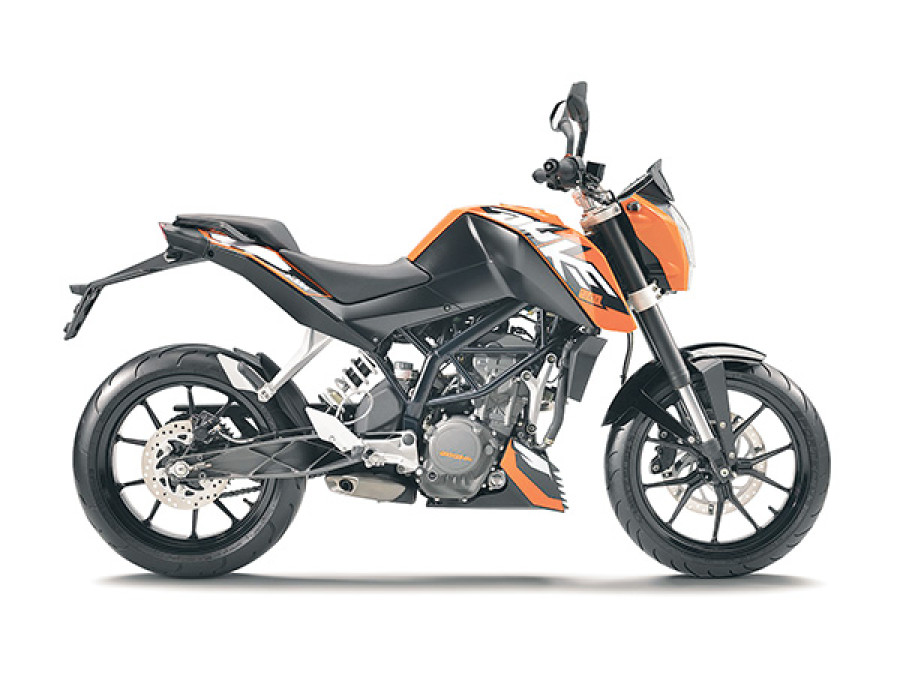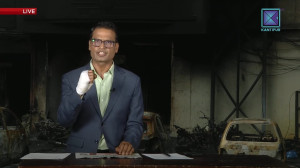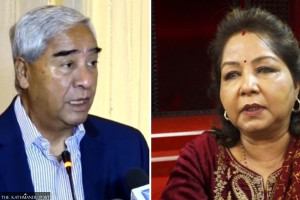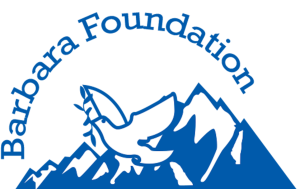Entertainment
A beginner’s guide to buying bikes
Although people are concerned about the height of a motorcycle more than its weight, it needs to be the other way round
Ankit Tuladhar
This column will guide you through the things you should consider while choosing a beginner’s bike. Bear in mind that if you are looking for performance, you will be compromising on other aspects such as fuel efficiency.
Displacement
When you are starting out, it is best for you to stay away from powerful bikes. This may go against popular opinion, but as a beginner, one should generally choose a bike with an engine capacity of no more than 300 cc. By way of explanation, let’s take a look at the major displacement ranges out there:
150 cc: It doesn’t get any friendlier that this. You will find it easy to pick up on and practice the basics of riding and control on a bike of this size. You will probably outgrow this segment very quickly, though. Thus, if you’re considering buying a bike this size, then you may only want to do so if you can afford to trade up in a year or two. But you never know unless you give it a try. So many people grow a liking for these bikes that they end up sticking to them.
250 cc: Bikes in this segment are quite user-friendly. Not many 250 cc street bikes are produced nowadays, thanks to the more popular 300 cc engines, but they can be found in the used market. You probably won’t outgrow this quite as fast as
you would a 150 cc bike, but it wouldn’t be a bad idea to stick with a bike of this capacity for at least two years or so before trading up for a more powerful one. Highway rides are doable with a 250 cc ride, but still not ideal.
300 cc: As mentioned above, 300 is the new 250. Bikes of this displacement are quite manageable and they pack a solid punch in terms of the power they churn out. Obviously, with more power comes more fuel-station visits, and you’ll be paying more road tax annually than a 150 cc rider. But a 300 cc bike is an ideal choice for beginners who do not look at motorcycles as mere commuters but as a lifestyle choice.
Weight
Although people are concerned about the height of the bike more than its weight, it needs to be other way round. The weight (and its distribution in a bike) affects the handling of your ride. Your goal as a beginner is to enhance your motorcycle control skills, so a bike that is too heavy and difficult to maneuver is not ideal for you. A lighter bike is easier to pick up if it drops. In case you never fall off your first bike, then you should consider yourself an exception, but the possibility exists. Stick to a bike that you are comfortable riding and it will avoid you from crashing. Staying under a wet weight of 180 kg—or, better yet, 160 kg—is a safe bet. A few smaller cruisers might weigh a little more, but that’s fine.
Price
It’s a good idea to spend less money when it comes to buying a first bike, especially if it is brand new. Set a maximum ceiling of Rs 700,000 at the most extreme and you will find that you actually have a lot of choices. As an alternative, you can also go for a used bike instead and save money.
Bodywork
This is pretty straightforward: as we’ve discussed earlier, you are likely to drop your motorcycle at some point, so the less bodywork it has, the less time and money you’ll spend repairing it. Bodywork looks cool, but bodywork also breaks. Many smaller bikes have bodywork these days, though, so you can only do so much.
Choosing a beginner’s bike might seem somewhat complicated, but as long as you follow a few guidelines, you’ll be fine. Remember that the idea is to improve your riding skills and techniques. Pick a motorcycle that can maximise your ability to do this, and by the time you move on to something bigger, you will be ready because your starter would have given you the confidence and ability to handle other bikes. It is highly recommended that you avoid superbikes as a starter even if you have the resources to buy one, especially in our context because of the road conditions and the congested traffic. Superbikes will prove to be a burden while riding in stop-and-go traffic and if you are a newbie then it just makes things worse. Bikes like the Pulsar series, KTM Duke, Yamaha R15, Yamaha FZ-S, Suzuki Gixxer, Honda CBR250R, Kawasaki Ninja 250/300, etc make for good starter bikes. Start out with a used bike, because you won’t have to fear dropping your new bike and you will learn a lot about maintenance since your machine will beg for more attention.
Ride safe! Happy riding!




 18.95°C Kathmandu
18.95°C Kathmandu










